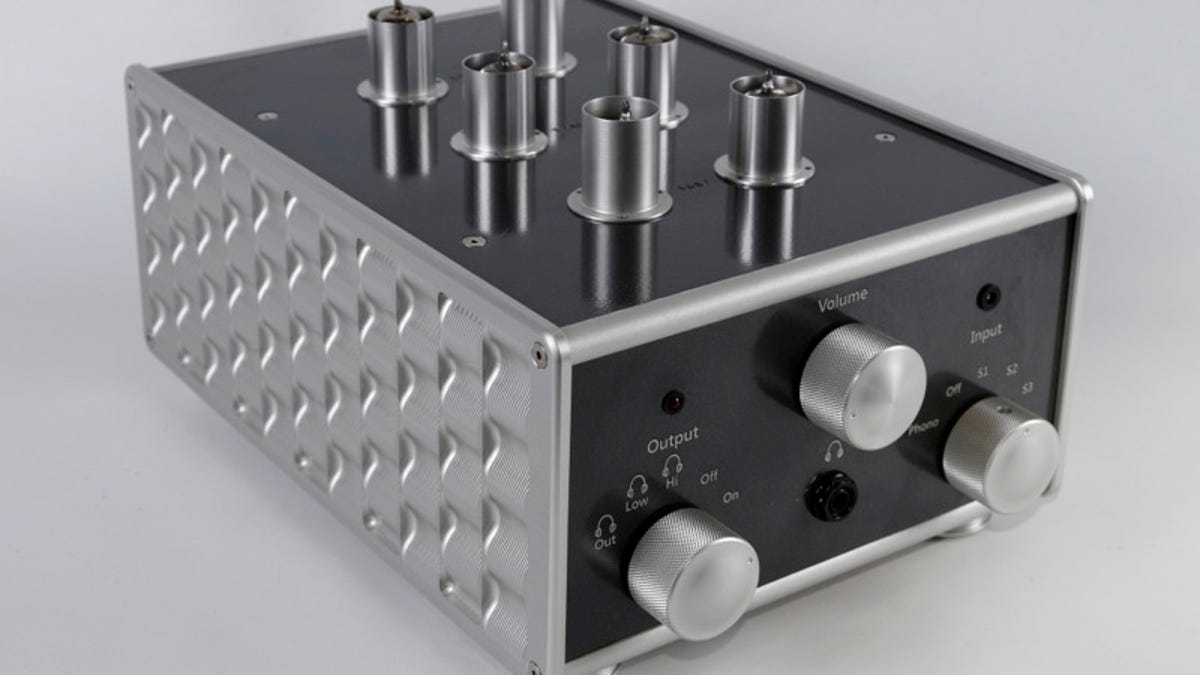Astonishing hi-fi components, designed and built in Oregon
If the Coffman Labs G1-A stereo preamplifier sounds like it was designed by a physicist who also plays violin, well, it was!

I was smitten with the Coffman Labs G1-A stereo preamplifier, even before I heard it make a sound. I'd seen pictures of the preamp online and it looked fine, but once I saw it in person I knew it was one of the most beautiful audio components on the market. The feel of the control knobs and the metalwork's fit and finish are state of the art. Granted, the G1-A is priced accordingly, but just as with high-end cars, watches or cameras, with purist audio design build quality is just as important as performance.
Still, I wouldn't be jazzed by the G1-A if it didn't sound special, and it does. I heard it in my friend David N.'s system, which never sounded better than it did with the G1-A. The difference was the transparency and overall clarity of the sound.
The G1-A's designer Damon Coffman paid for his undergrad education while working as a musician; he's a violinist. Trained as a physicist, he founded Coffman Labs to build all-analog, vacuum-tube-based products, starting with the G1-A. He knows what real music sounds like, and he attempted to bring as much of that quality as he could through his designs. Coffman wasn't just concerned about sound; he crafted the G1-A to last 100 years. The first G1-As were produced about a year ago.
When I asked Coffman why he opted for vacuum tubes over solid-state, he said, "That's a good question; tubes are inherently linear devices, but solid-state electronics require feedback to become sufficiently linear." Right, tubes sound better, but Coffman wasn't interested in making a preamp with a soft and mellow tube sound; he craved accuracy, and he's right on the money with the G1-A. Coffman uses "point-to-point" hand wiring instead of printed circuit boards, because he thinks that approach sounds better. It's also labor intensive; each G1-A takes about two days to build. Coffman has a hand in crafting and testing all of the preamps in his shop, which is near Portland, in Oregon. The preamp's all-aluminum metalwork is sourced from Coffman's brother-in-law's machine shop, which is right next door.
The G1-A has a built-in phono preamp for turntable fans, and based on what I heard listening to LPs on David N.'s system, it's quite good. The other big surprise about the G1-A is that it includes a headphone amplifier, a feature very few high-end preamps offer. Coffman is readying a dedicated headphone amplifier, which should come out early next year. I hope to get one in for review on this blog. A power amp for speakers is also due in 2014.
The Coffman Labs G1-A is sold direct on the company's Web site, prices start around $5,000.

